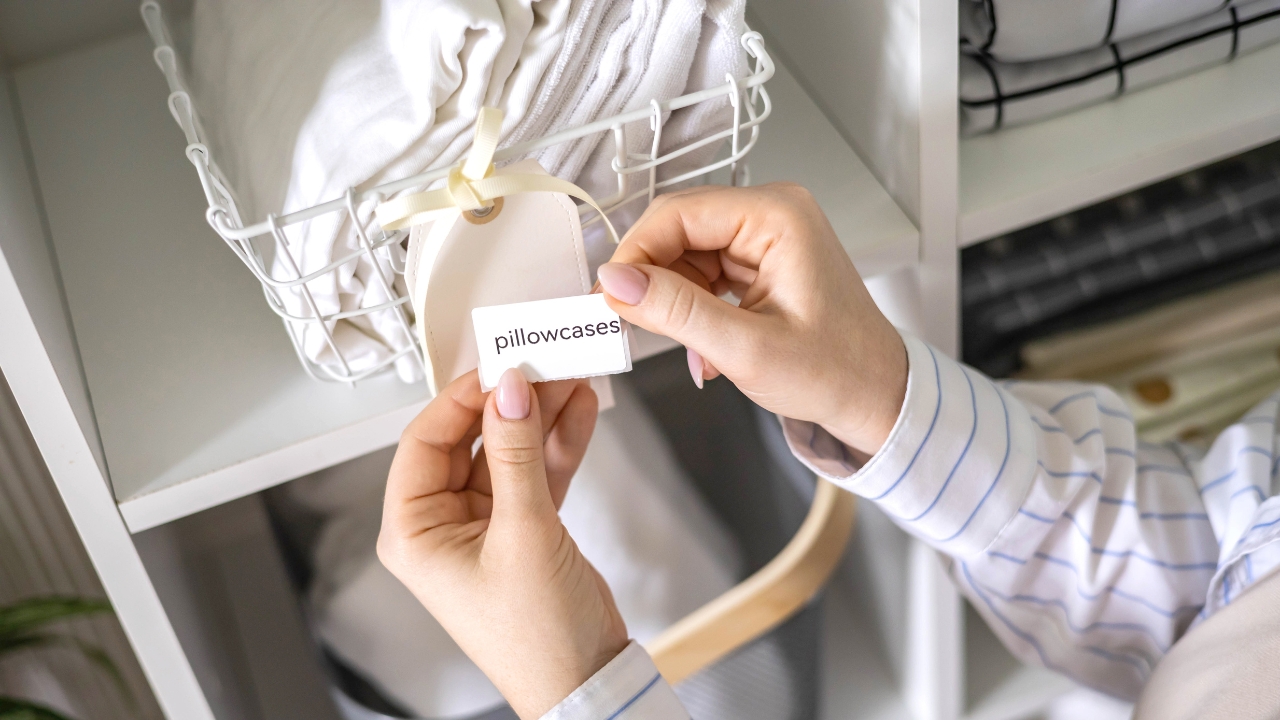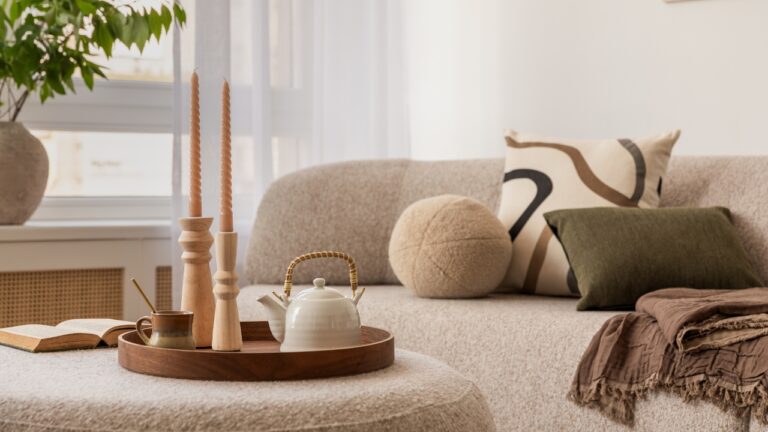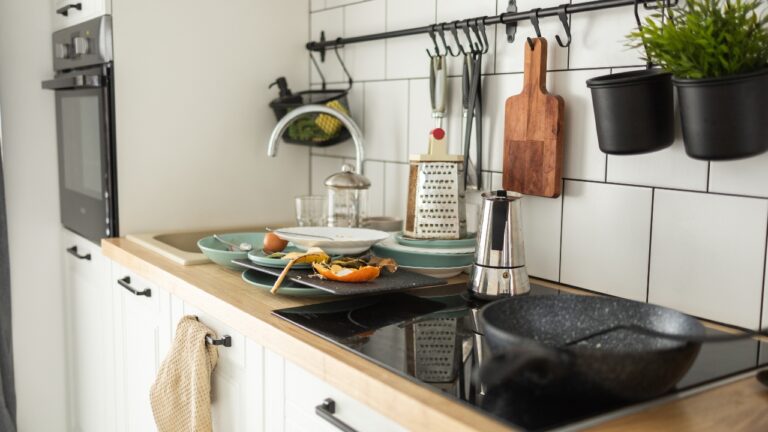10 Storage Hacks That Are Just Creating More Clutter
Not every storage hack is a good one. Some of the most popular ideas floating around online actually do the opposite of what they promise. Instead of clearing space, they add more containers, more visual mess, and more stuff you forget you even have.
If you’re constantly organizing but your space still feels chaotic, the problem might be the “solutions” you’re using. Here are the storage hacks that sound helpful but usually backfire and make things worse.
Overusing Clear Bins
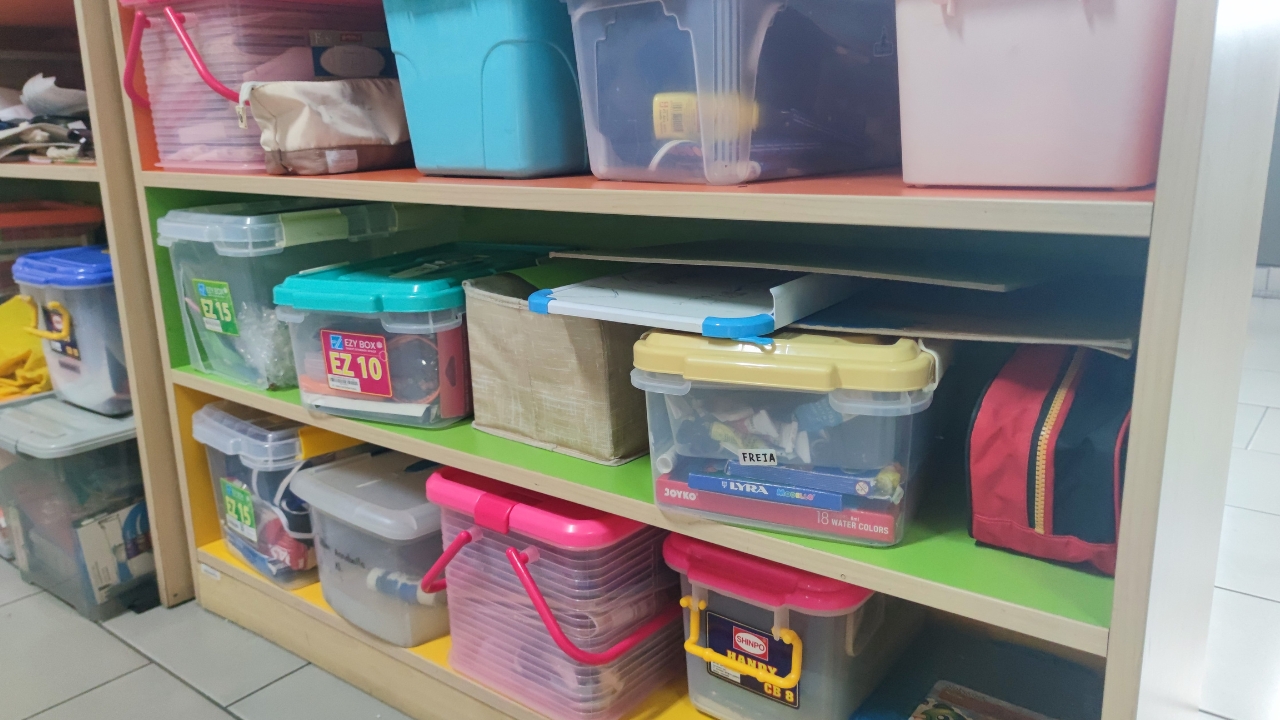
Clear bins seem like a good idea because you can see what’s inside—but that’s also the problem. When shelves are packed with see-through containers, everything looks cluttered, even if it’s technically stored.
You’re also more likely to hold onto things you don’t need because “it’s still organized.” If you’re going to use bins, fewer and more intentional is better. Hide what you don’t need to look at daily.
Door-Hanging Organizers on Every Door

One door organizer can be useful. But when you hang one on every bathroom, closet, and bedroom door, things start to feel cramped and chaotic. The doors stop closing properly, and the clutter just follows you around.
It turns your storage into something that’s always visible and always in the way. If you wouldn’t leave the items out on a shelf, hanging them on the back of a door doesn’t really help.
Too Many Drawer Dividers
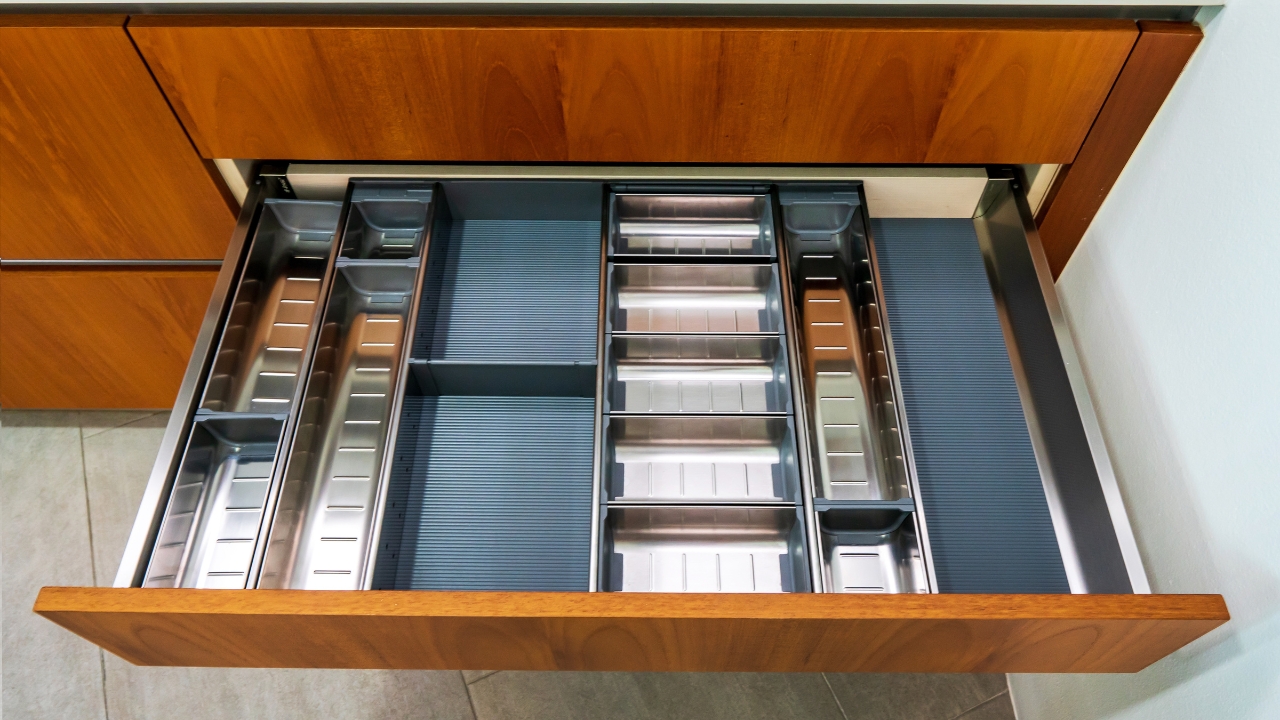
A few drawer dividers can help keep small items in place—but when you start dividing every drawer into ten micro-sections, it becomes overkill. You spend more time managing the organizers than using what’s inside.
It also tricks you into keeping more than you need. If a drawer is full of neat little boxes, it might look organized, but that doesn’t mean it’s functional. Keep what you actually use and let the rest go.
Using a Label Maker on Everything
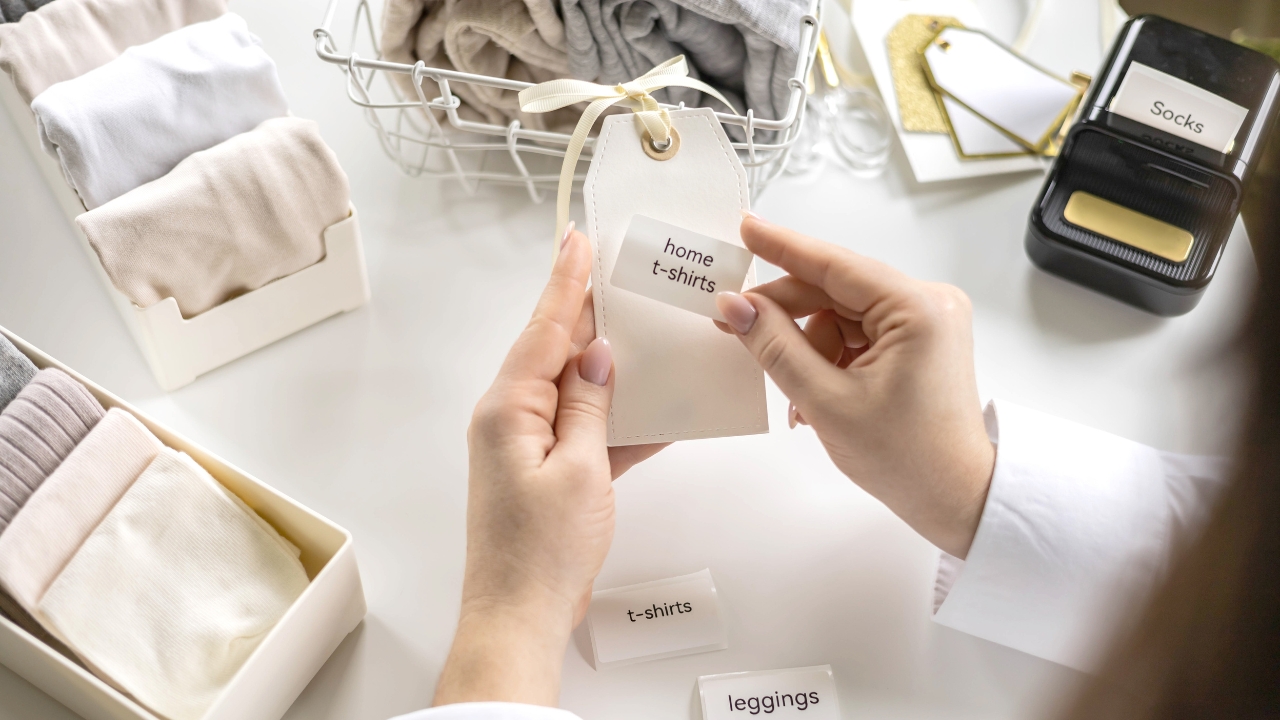
Labeling can help, but when every single bin, basket, and shelf has a label, it starts to feel more like visual noise than organization. Not everything needs a tag to be useful.
Too many labels can also lock you into a system that doesn’t flex as your needs change. Sometimes a basic setup without the pressure to maintain perfect order is easier to keep up with.
Buying Matching Baskets Without a Plan

Matching baskets look great in photos, but without a real storage goal, they end up hiding clutter instead of solving it. You might feel more organized, but you’re still holding onto things you don’t actually need.
It’s easy to fill every bin just because you bought it. Before you invest in baskets, figure out what you’re storing first—then choose only what fits that purpose.
Using Every Inch of Vertical Space
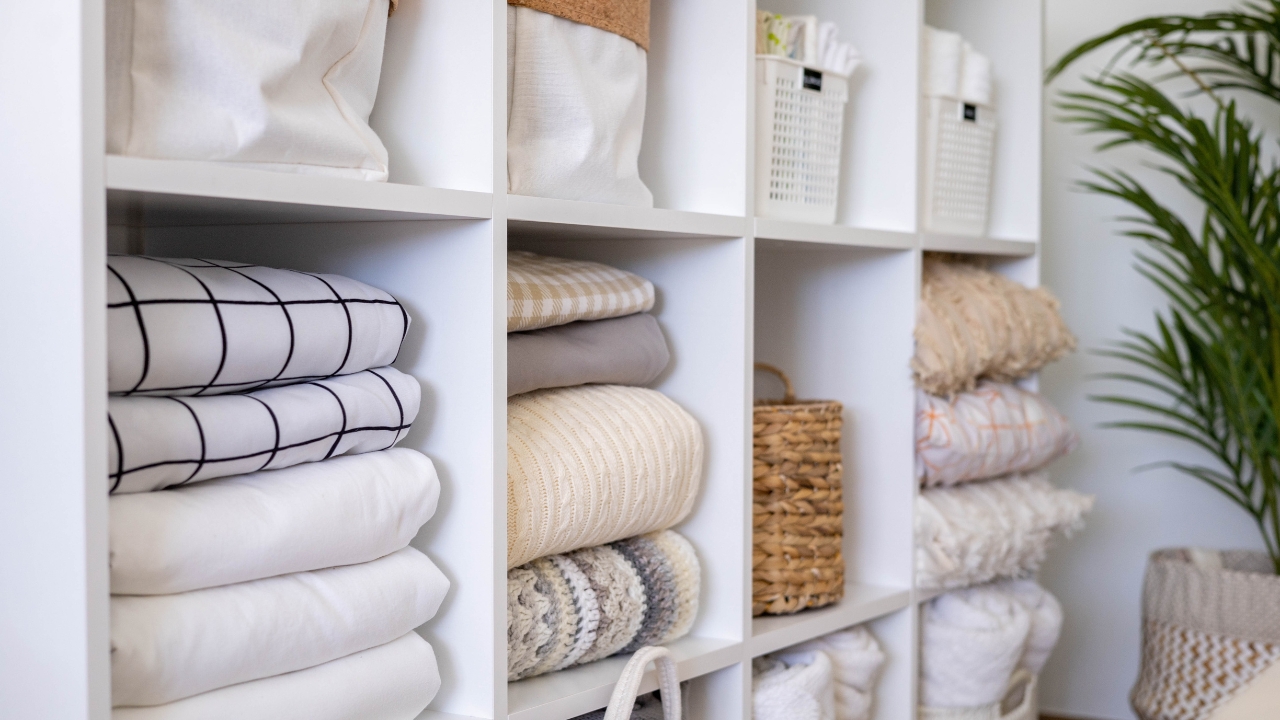
Maximizing vertical space sounds smart, but if every wall is covered in shelving, it can quickly feel chaotic. Tall stacks of storage bins and overloaded shelves become hard to manage and stressful to look at.
When everything’s crammed into every available inch, there’s no breathing room. Leave some open space so your home feels calm—not like a storage unit.
Storing Items in Too Many Categories

Creating super-specific categories—like separate bins for pens, pencils, markers, and highlighters—can make things more complicated than they need to be. It adds steps, and most people stop keeping up with it.
You don’t need a bin for every tiny variation. Broader categories often work better and are easier to maintain long-term. Less sorting means less decision fatigue.
Turning Furniture Into Hidden Storage (Every Time)

A few multipurpose pieces can help, like an ottoman with a lid. But if every piece of furniture in your house hides storage, you’re probably just hiding more clutter—not solving the root problem.
It also makes things harder to access. If you have to lift a cushion or open a bench to get to what you need, it’s not going to get used often. And when it does, it might end up staying out.
Hanging Too Much on Walls

Pegboards, hooks, wall racks—they’re all useful in moderation. But when you use every wall to hang stuff, the room starts to feel busy and chaotic, not organized.
It works well in garages or utility rooms, but in living spaces, it can get overwhelming. It’s better to hang only what you truly use often and find more discreet storage for the rest.
Saving Every Container “In Case”
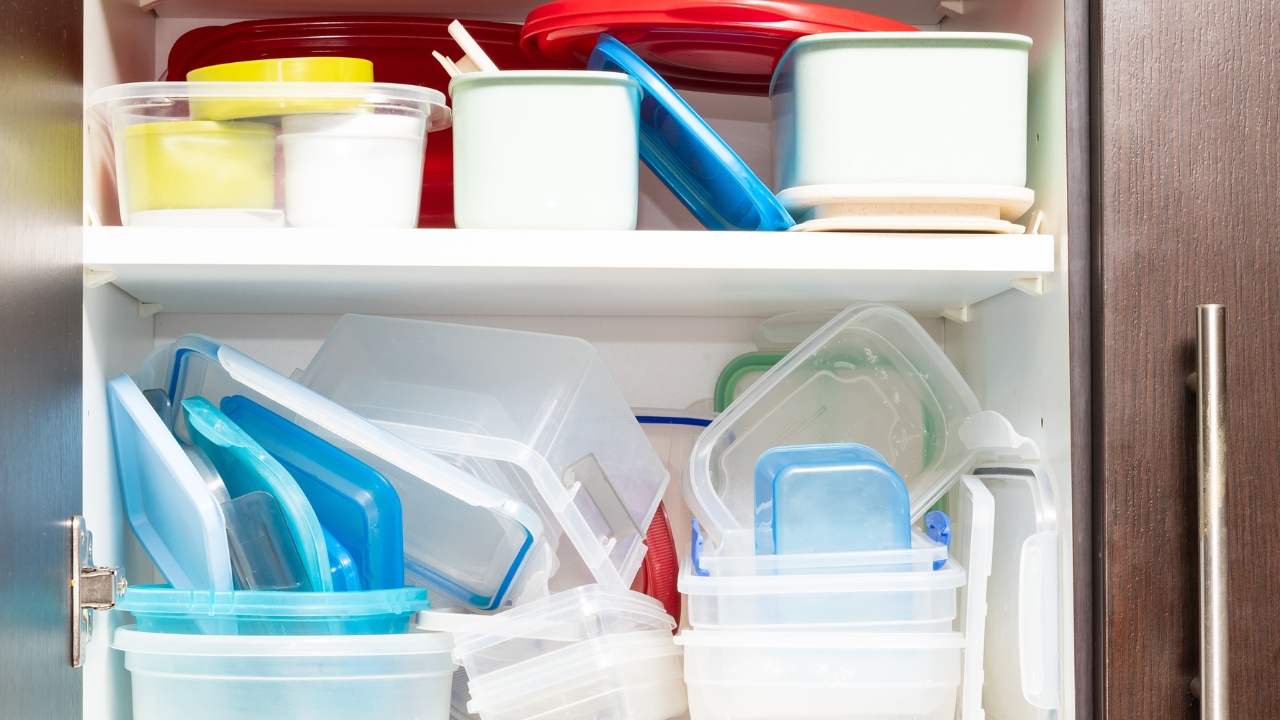
Holding onto jars, baskets, bins, or boxes because “they might be useful” adds up fast. You end up with more storage containers than stuff to put in them.
If you’re storing empty storage, that’s a sign it’s time to let some of it go. You can always buy another bin if you really need it down the road—chances are, you won’t.
*This article was developed with AI-powered tools and has been carefully reviewed by our editors.

